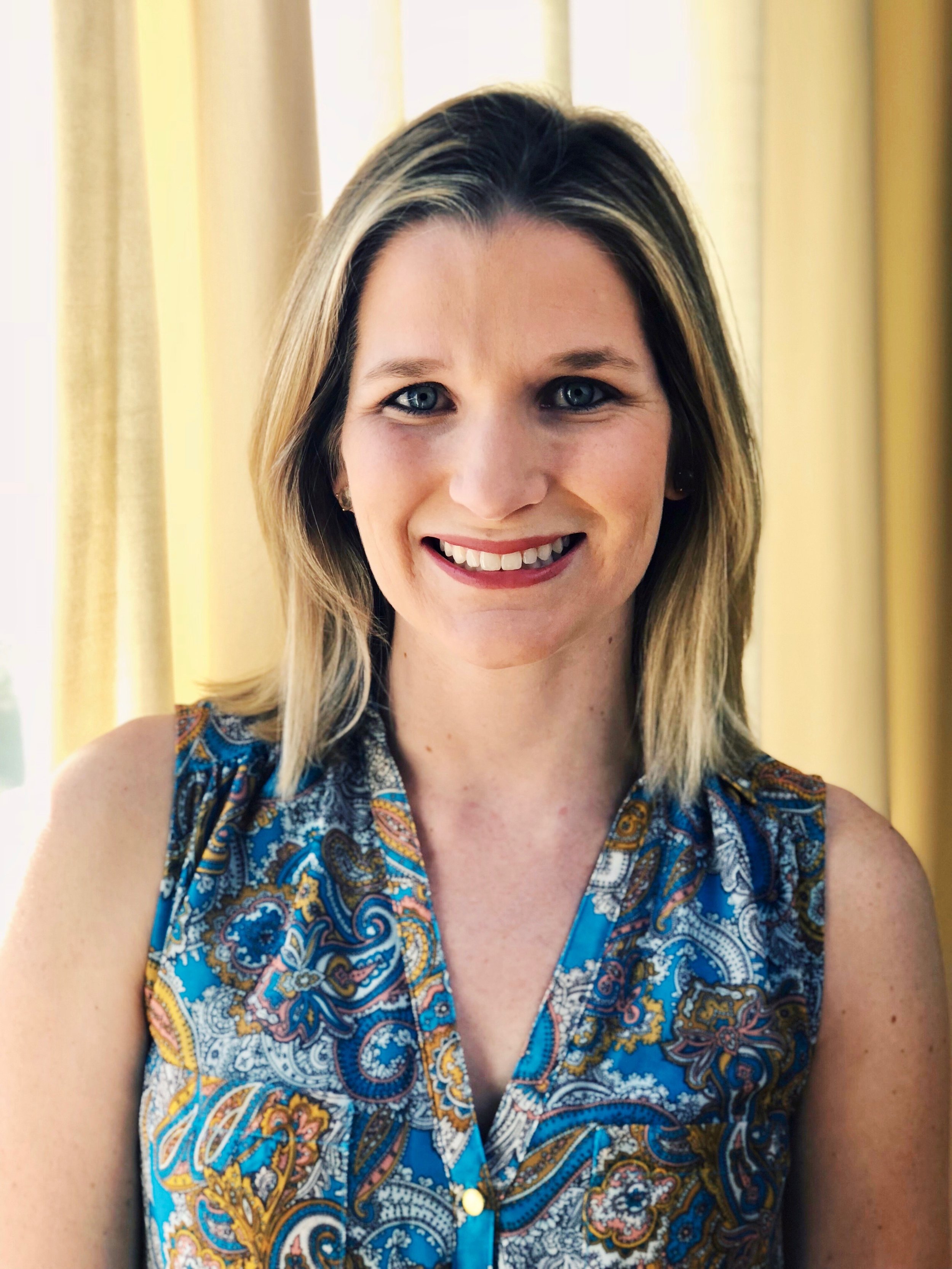Meditate To Relax The Body
Welcome to the 10-part meditation blog series that focuses on the various ways that meditation can assist you and your overall wellbeing.
Each week I will publish a blog specifically dedicated to how a meditation practice can assist with lowering anxiety levels, seeing your path, help your thoughts go by more easily, etc.
Before diving into this week’s topic, I want to take some time to provide some definitions and answer some questions to ensure that we are all on the same page.
Meditation: thinking deeply or focusing one's mind for a period of time, in silence or with the aid of chanting, for spiritual purposes or as a method of relaxation
Mindfulness: the practice of maintaining a nonjudgmental state of heightened or complete awareness of one's thoughts, emotions, or experiences on a moment-to-moment basis
Why should I care about meditation?
Because it has a direct connection to health benefits such as lower blood pressure, improved blood circulation, lower heart rate, less perspiration, slower respiratory rate, less anxiety, lower blood cortisol levels, more feelings of well-being, less stress and deeper relaxation.
Who should meditate?
EVERYONE! You don’t have to have some enlightened, spiritual abilities to practice meditation. You don’t have to be a yogi and go around saying namaste to everyone. You don’t have to know someone within the meditation community to be invited into it. Literally anyone from toddlers to elders can do and benefit from meditation.
Where should I start?
Take your time in trying out all different types of meditation and mindfulness activities to figure out what suites you best (resources provided below). After more and more time is spent meditating you will become more and more comfortable with the idea of being still and focusing your attention to your breath.
Quick Practice: Let’s Give It A Go!
1. Find a quiet space
2. Sit or lie down and get comfortable
3. Close your eyes
4. Breathe natural. Make no effort to control your breathing
5. Focus your attention on your breath. Observe your bodies movements with your breath. Focus your attention on your breath, remembering not to control it and allowing it to flow in and out naturally. When your mind wanders, that’s okay, just thank your thoughts and return your focus back to your breath.
a. Start with doing this for a few minutes, and then add one more time as your practice progresses.
Resources:
Books:
How to Walk, How to Sit, How to Eat, Reconciliation
Headspace Guide to Meditation and Mindfulness
Online:
UCLA Mindful Awareness Research Center
Greater Good Science Center at UC Berkeley
YouTube:
Jon Kabat-Zinn
Pema Chodran
Sharon SalzBurg
Tara Brach
Apps:
If you are having difficulties relaxing certain muscles and find yourself tensing, try clenching your muscles tightly as you breathe in, and then releasing all the tension and relaxing as your breathe out.
Try it out now:
Guided Meditation – Blissful Deep Relaxation – Listen here
Compassionate Body Scan – Listen here
Written by: Shannon Gonter, LPCC
Shannon Gonter, Professional Counselor in Louisville, KY
I specialize in working with men and young adults. I am passionate about my career and want to work with you to create positive change. I also strive to create a counseling environment where men and young adults can relate, feel heard, and find new solutions to their negative patterns. Some issues that I most commonly work with are stress, relationship issues, difficulty saying “no” to others, difficulties recognizing emotions and emotionally connecting to others, anger, and intimacy issues, among others.
The information and resources contained on this website are for informational purposes only and are not intended to assess, diagnose, or treat any medical and/or mental health disease or condition. The use of this website does not imply nor establish any type of therapist-client relationship. Furthermore, the information obtained from this site should not be considered a substitute for a thorough medical and/or mental health evaluation by an appropriately credentialed and licensed professional.

